The MultiDrone Consortium organized the first Drone Cinematography Workshop at the University of Bristol on 6 December 2017. The aim of the workshop was to bring together experts in drone cinematography – users, producers, and technologists – to explore the future potential for this exciting and growing area. The workshop included invited talks from specialist operators and producers, alongside research presentations on the rules, requirements, tools, potential and constraints of shooting with drones.
The workshop commenced with an overview of the EU Multidrone project by Professor David Bull of the University of Bristol and Professor Ioannis Pitas of the University of Thessaloniki, who presented the aims, challenges and preliminary results of the project, focusing on cinematography aspects. This was followed by an illuminating talk by Colin Jackson from the BBC Natural History Unit in Bristol presented ‘Natural Highs – the use of drones in wildlife filmmaking’. Colin explained how drones have transformed wildlife filmmaking in terms of their ease of deployment, flexibility and potential to achieve shots previously not possible. He used examples from BBC’s recent Blue Planet 2 series and outlined a number of operational constraints as well as opportunities for future use. The third talk was given by Ioannis Mademlis and Ioannis Pitas from the University of Thessaloniki. entitled ‘UAV shot type taxonomy’. They explained the importance of a taxonomy for shot types and for appropriate mathematical representations of these. A lively discussion chaired by Nicolaus Heise of Deutsche Welle ended the morning session. This further explored the potential of drone and multi-drone-based cinematography.
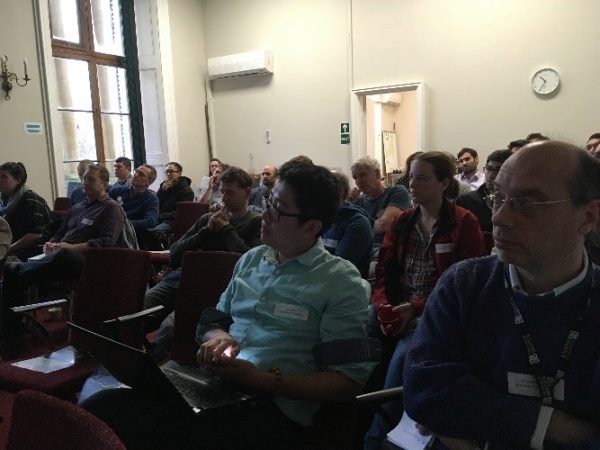
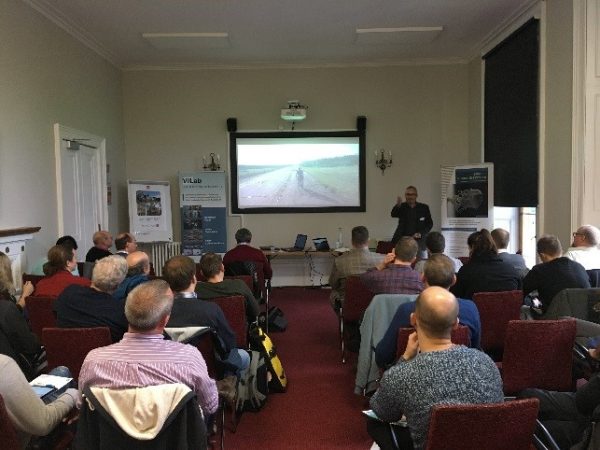
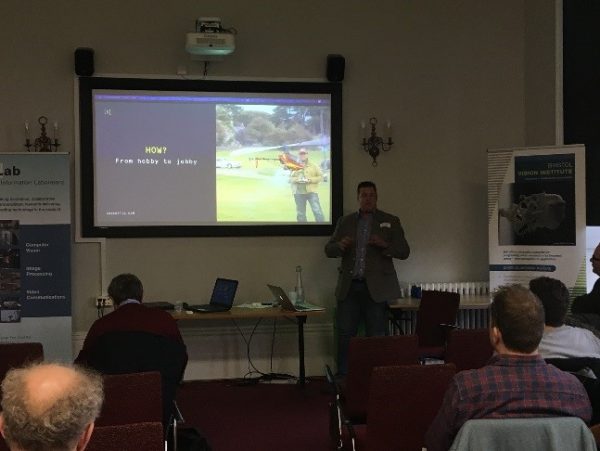
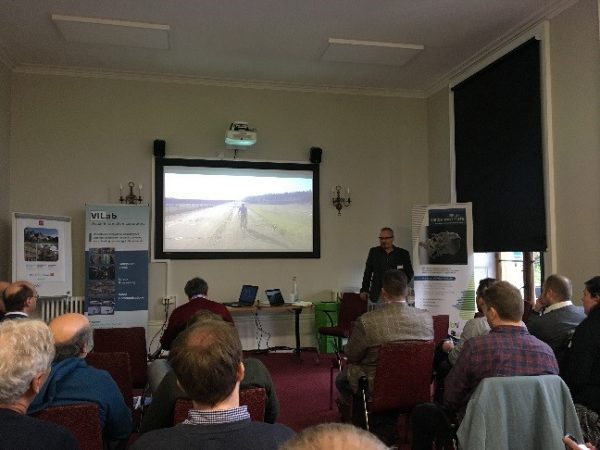
After lunch Dr Andrew Calway of the University of Bristol introduced the audience to his work on ‘Model based drone odometry for object centric filming’. He drew parallels between drones being used for visual inspection of wind turbines and drone cinematography, particularly in connection with pose estimation and target localization. This was followed by a talk by Ben Keene, Chief Development Officer of Consortiq, who spoke on ‘Visual Innovation in the air: from Kitkat to Transformers 5’. Ben shared his experiences of shooting for major commercial partners, highlighting the potential of drones for creating high impact shots, alongside the importance of regulatory compliance and managing client expectations in terms of deployment timescales. The third talk in the afternoon was given by Aaron Zhang, Stephen Boyle and David Bull of the University of Bristol, on ‘Simulation engines and subjective quality testing in MultiDrone. They explained the need for defining an operating envelope for drone shots and explained how simulation tools such as Unreal Engine can provide a powerful platform for rapid simulation and testing of shot types. They presented results from a pilot study that showed viewer preferences for 6 shot types.
The final talk in the afternoon was given by Professor Iain Gilchrist and Dr Stephen Hinde of the University of Bristol, who described their methodology for ‘Measuring visual immersion’ using a dual task approach. They presented results of recent work with BBC R&D comparing viewer immersion for Planet Earth 2 in High and Standard Dynamic Range Formats – demonstrating the discriminative power of their approach. The workshop closed with a second extended discussion, chaired by David Bull exploring how we can assess the quality and immersive properties of drone video content.
This highly successful workshop was attended by 46 people, many of whom expressed their appreciation for the event that they fund interesting, insightful and informative. It was agreed that this would form the basis for a series of similar future events, culminating with an open call workshop in 2019.
For further information on the Multidrone project please visit https://multidrone.eu/


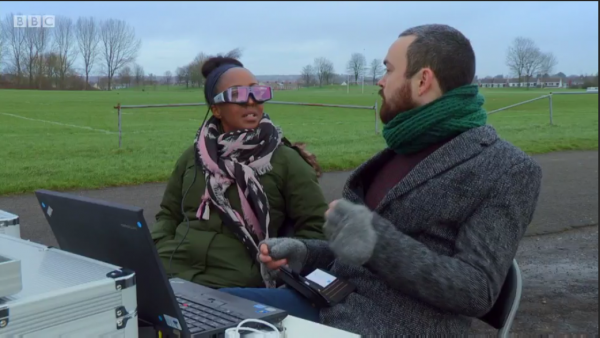 es in their pockets when on the road.
es in their pockets when on the road.